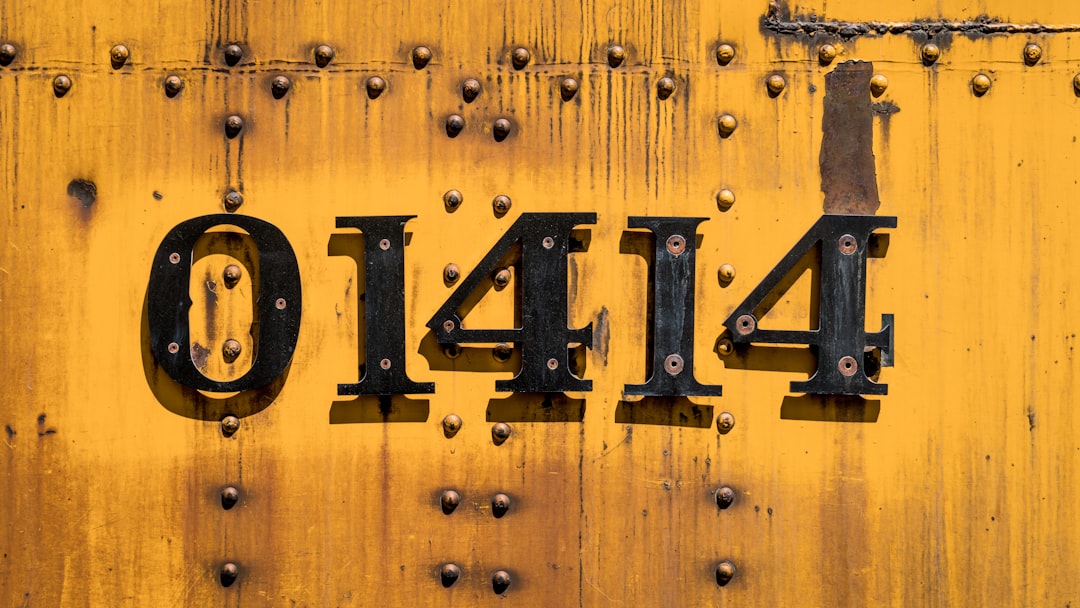Understanding how to convert decimal numbers into binary can be a valuable skill, especially for professionals or students who work with computer science, electronics, or digital systems. Binary numbers form the fundamental language of computers, and learning how to perform such conversions helps build a strong foundation in computing principles. In this article, we will focus on converting the decimal number 20 into binary, walking through each step in a logical and trustworthy manner.
What Is Binary?
The binary number system, also known as base-2, only uses two digits: 0 and 1. Each digit in a binary number represents a power of 2, with the rightmost digit representing 20. This system contrasts with the decimal (base-10) system, which uses digits from 0 to 9. All modern computing devices use binary internally, so understanding this system is crucial in digital technology fields.
Characteristics of Binary Numbers
Binary numbers are built on simple, yet powerful logic. They are not only used in computing but also in digital circuits, machine-level programming, and data transfer protocols. Here are some key properties:
- Only the digits 0 and 1 are permitted.
- Each position represents an increasing power of 2.
- The leftmost 1 in a binary number is the highest non-zero power of 2 in the representation.
Step-by-Step Process to Convert 20 to Binary
Let’s now dive into converting the decimal number 20 into binary format. We’ll use the division-by-2 method, which is often taught in computer science fundamentals because it mirrors how binary is handled in computational processes.
- Divide the number by 2.
- Write down the remainder (either 0 or 1).
- Update the number to be the quotient of the division.
- Repeat the process until the quotient is 0.
- Read the remainders from bottom to top for the binary representation.
Applying the method to decimal 20:
20 ÷ 2 = 10, remainder = 0 10 ÷ 2 = 5, remainder = 0 5 ÷ 2 = 2, remainder = 1 2 ÷ 2 = 1, remainder = 0 1 ÷ 2 = 0, remainder = 1
Now, reading the remainders in reverse order, we get: 10100.
Therefore, the binary equivalent of decimal 20 is:
10100

Shortcut Method: Finding Powers of Two
Another method involves identifying which powers of 2 sum up to 20. Let’s break it down:
- 2⁴ = 16 → Yes
- 2² = 4 → Yes
- 2³ = 8 → No (would make it exceed 20)
- So, 16 + 4 = 20
Now match each power of 2 with place values in binary:
2⁴ 2³ 2² 2¹ 2⁰ 16 8 4 2 1 1 0 1 0 0
The binary number is again: 10100. This verified result demonstrates that either method will get you to the correct conversion.
Why This Matters
Being able to convert from decimal to binary allows you to understand how computers interpret and store numerical data. From programming languages to system architecture, binary concepts play a central role in everything digital. Knowing how to manually confirm that binary 10100 equals decimal 20 enhances your computational literacy and increases problem-solving confidence.

Applications in Real Life
You might not need to convert numbers to binary every day, but this knowledge can help in areas such as:
- Understanding subnetting in computer networks
- Creating efficient algorithms in software development
- Working with embedded systems or microcontrollers
- Designing and troubleshooting digital electronics
Conclusion
To summarize, we have successfully converted 20 from decimal to binary using two different methods: the division-by-2 method and the powers-of-two method. In both cases, we arrived at the binary representation 10100. Mastering this foundational skill enhances your understanding of computer logic and strengthens your computational accuracy.
In a world increasingly driven by digital processes, even such a basic concept can prove to be a powerful tool in your intellectual toolkit.
yehiweb
Related posts
New Articles
How to Answer “Tell Me About Yourself” in a Job Interview
So, you’re getting ready for a job interview. You’ve picked out your best outfit, updated your résumé, and practiced shaking…


